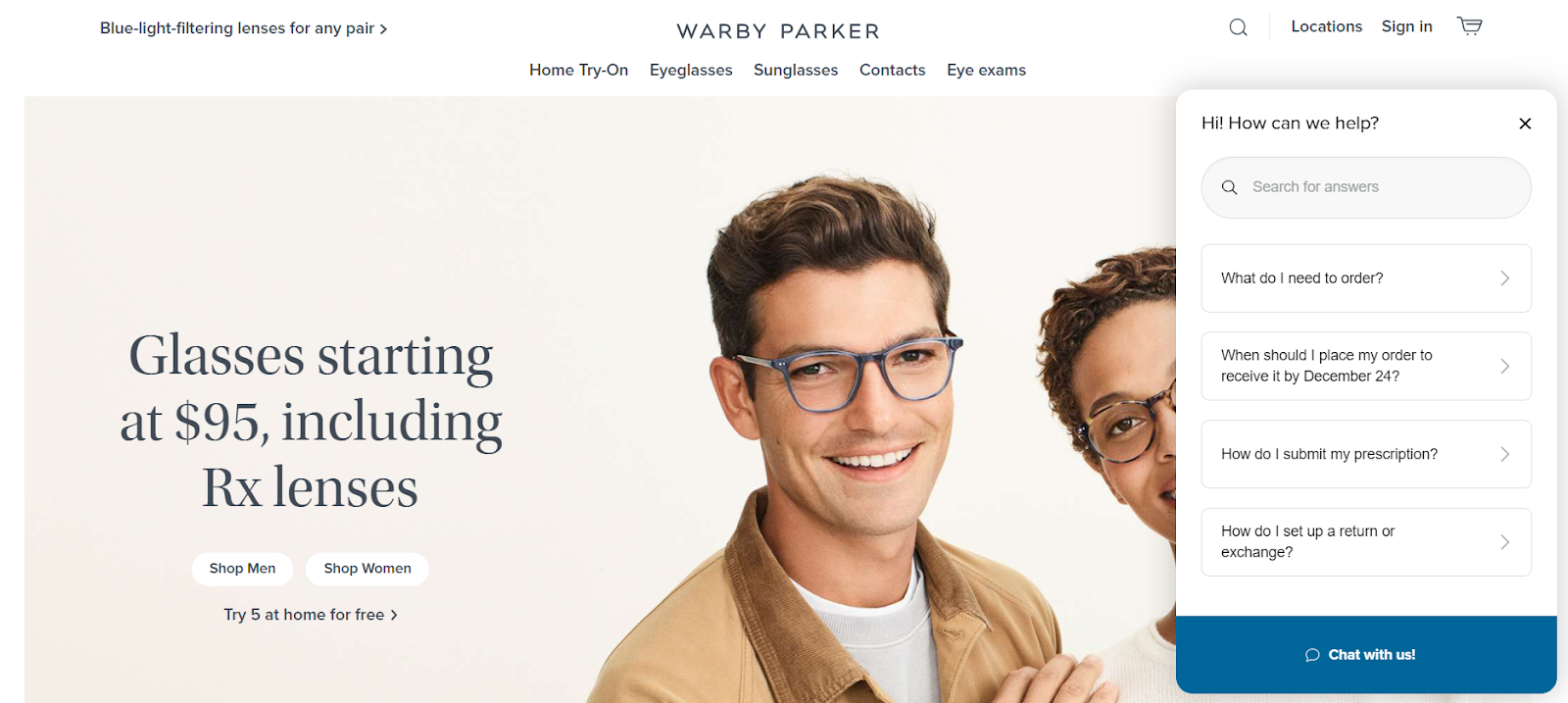Shopper marketing is an approach that implies enhancing consumers’ shopping experience at the point of purchase. It aims to analyze customers’ buyer journey and increase engagement across all stages.
In this article, you’ll discover the role of shopper marketing and get to know some effective tactics.
Why is shopper marketing important?
Business owners are always looking for ways to increase consumption, and shopper marketing helps them do just that. This approach is focused on raising consumers’ demand and engagement on their path to making a purchase.
Implementing shopper marketing means analyzing customers’ behavior and all the external factors influencing their purchase decisions. Since this approach is great for online and offline stores, we’ll shed light on the factors affecting them both.
Shopper marketing is effective at least thanks to all the valuable data you can obtain. Conduct research, make observations, and create focus groups to collect insights that will be the foundation of your strategy. If you own an offline store, track your buyers’ behavior before they enter it, when they move from aisle to aisle, and after they leave it. Note what makes them stop, look through specific products, and monitor what makes them put an item back.
Analyze the products shoppers buy most frequently and those that aren’t popular among them. Study their buyer journey to discover how long it takes visitors to become buyers, reviewing your merchandising techniques down the road. Talk to your clients to define their motivations, know if they prefer cheaper alternatives to your products, and identify your percentage of price-sensitive customers. All this data will provide you with a clearer picture of your audience’s preferences and driving motivations at the point of purchase, so you’ll be able to use this info to enhance your buyers’ experience and blow up sales.
Shopper marketing is often confused with trade marketing, so let’s discover the difference between these approaches.
Shopper Marketing vs. Trade Marketing
The main difference between these two marketing approaches lies in the focus of their activity. Trade marketing is focused on retailers, wholesalers, and distributors, aiming to increase the demand within a chain. Conversely, shopper marketing is focused on buyers. This approach aims to create an environment that will drive consumers to make a purchase and ensure the best customer experience.
Now it’s time to unveil some effective shopper marketing tactics.
Shopper Marketing Tactics
In this section, we’ll talk about shopper marketing tactics with examples for both online and offline stores.
POS materials
These items are placed in stores to attract shoppers’ attention to certain products on sale. They also help visitors navigate the store and find their favorite brands’ products. POS materials include displays, wobblers, shelf talkers, shelf stoppers, posters, danglers, etc.
Demos and Product Sampling
Demos help marketers promote new products, increase awareness, and, most importantly, let shoppers test the product and evaluate its benefits. Store visitors are offered to taste products or try cosmetics before buying. This way, marketers increase shoppers’ trust.
Design and Ambience
Design and ambiance assist marketers in creating a positive shopping atmosphere. Music and scents can help you make visitors stay in your store and move from aisle to aisle for a long time. The choice of music depends on your industry, but slow and quiet songs tend to make people stay in stores for longer. Christmas songs help increase sales during winter holidays, and jazz and classical music help sell high-value products.
Pleasant scents don’t leave shoppers indifferent either. People love the smell of freshly-baked bread, coffee, and fruits.
Chatbots and Live Chats
Nowadays, almost every brand has either a live chat on its site or a chatbot on popular social media platforms. These are personal assistants that introduce a store to users, present relevant products, and help place an order. Users enjoy interacting with bots using buttons, quick replies, and input since they can save time looking for certain products. SendPulse offers drag and drop builder to create a chatbot or a live chat for your website to convert visitors into customers.
Below you can see how Warby Parker helps site visitors using a live chat. Users can click a button to get help with the most common issues, find answers to their questions using the search bar, or chat with the help of user input.

You can create a chatbot for Instagram, Facebook Messenger, WhatsApp, and Telegram without any coding skills for free with the SendPulse chatbot builder.
Geo-Targeted Ads
Facebook and Google provide users with the opportunity to create geo-targeted ads. This way, you can create relevant messages, content, and ads for users based on location data. Such an ad is a great chance to attract more people to local services, such as car repair shops, plumbers, medical services, etc.
Congrats, now you know the objectives of shopper marketing, the way it differs from trade marketing, some effective techniques, and examples.
Last Updated: 06.12.2023

or